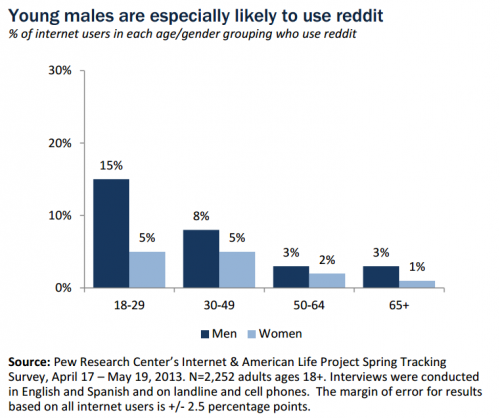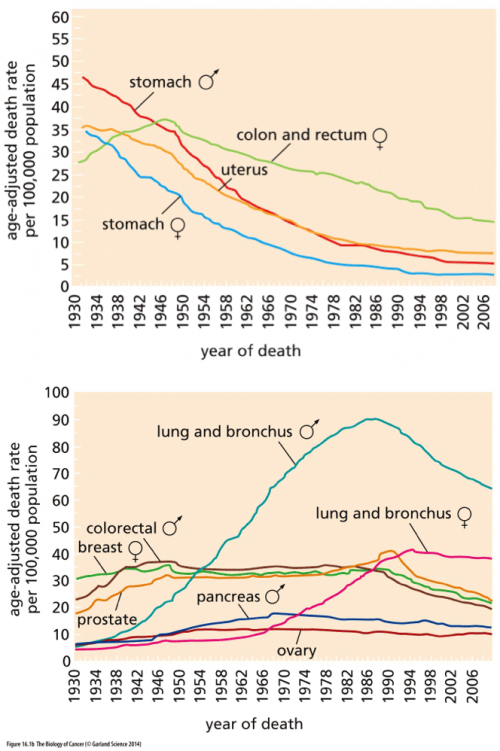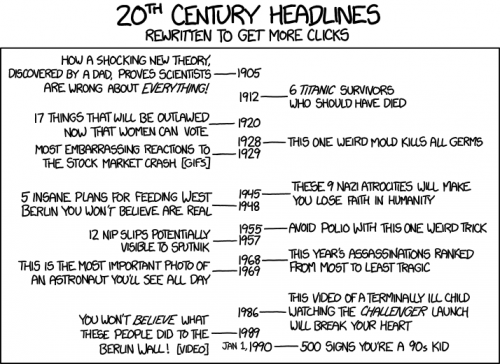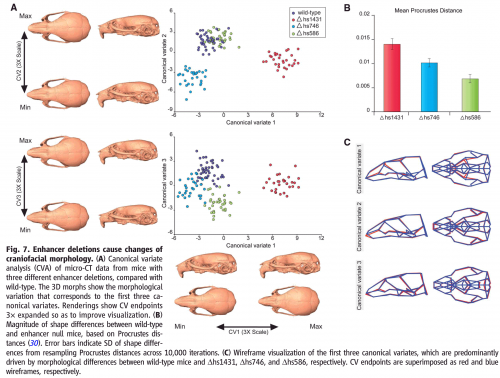The web has been resounding with a mighty echoing “WTF?” — David Brooks has written another column in the New York Times, and it’s weird, even for Brooks. He’s sneering at “Thought Leaders”, apparently this new generation of pundits who are beneath his contempt. At first I thought maybe it was entirely autobiographical, and that he was describing his own career, in which case he really needed to be put on suicide watch. And then I thought, nah, it’s David Brooks — I’m assuming a degree of self-awareness that simply isn’t there.
So I wrote my own impression of Brooks.
David Brooks. Paris. 1789.
David Brooks was awakened early by the shouting and rumbling of carts outside his apartment window — why, it was perhaps as early as 11 o’clock, a most uncivilized hour for a gentleman. It was one of the obligations of nobility, however, to be willing to address his duties at any hour, and by God, he could rise even before the sun had reached its zenith.
He rang the little silver bell by his bedside to summon his servants to come and dress him, rose, and slipped on his silk dressing gown. A pinch of snuff to invigorate the blood, and he was ready to investigate. He looked out his window, down upon the unwashed mobs of Paris.
The tumbrels were rolling. Yet another day when the ranks of the aristocracy would be purged of their dead weight, he thought, leaving only the deserving to lead the country. He recognized one of the men roped in the cart, despite the shabbiness of his velvet coat and the loss of his wig; that young cockerel! His great grandparents had been merchants, and even now he was rumored to dabble in trade. No loss there. Just another trumped up nobody who had dared to regard himself as a match for those privileged by righteous birth.
He was moved to write another missive for the King — the last had been well received and read aloud at court, and he was gaining quite the reputation as the clever wordsmith. His dismissal of the middle class as the “bohemian burgeoisie” had provoked mirthful titters from the right courtiers. An elegant letter explaining how the regime was right and natural and safe, and that the elimination of the arrogant young upstarts was only right and proper would strike just the right tone. He rang his bell again. Where were those lazy servants? He had work to do! These nouveau rapscallions needed to be named and chastised. How else will everyone know the right people to rebuke? And behead?
He rang the bell insistently. Hands on his hips, he stood facing the entry door: the instant that worthless layabout finally arrived, he was going to receive the fiercest verbal scourging, and be thrown out on the street with the rest of the rabble. You do not question the right of David Brooks to be treated with respect and dignity and the deepest humility. You do not delay him.
He waited.
There was a loud and ferocious pounding on the main doors downstairs. The servants will get it.
What is that crashing great racket?
Damn it. Charles Pierce has already done it so much better.
Many people wonder how they too can become Thought Leaders and what the life cycle of one looks like.
Well, you start out being a coddled little genius nurtured by the think tanks and vanity publications and fanzines of the American right. Then you make a career out of whatever pop sociology text you read 10 minutes ago. Then you write a couple of books about how the American genius for mindless consumerism is the future of the country. Then you get a column in the New York Times. Unfortunately, there comes a conservative president who fks up everything from hell to breakfast, and all of the intellectual arboretums in which you were raised fall into disrepute. Dutch Elm disease of the mind become epidemic. So you backpedal as fast as you can, running over several of your previous selves in the process until you finally end up one day writing a column in which you pretend that you haven’t spent your adult life pumping your speaking fees and grazing the buffet tables at various brainiac circle jerks.
I’m sorry. Were we talking about someone else?
Yeah, that’s David Brooks alright.






